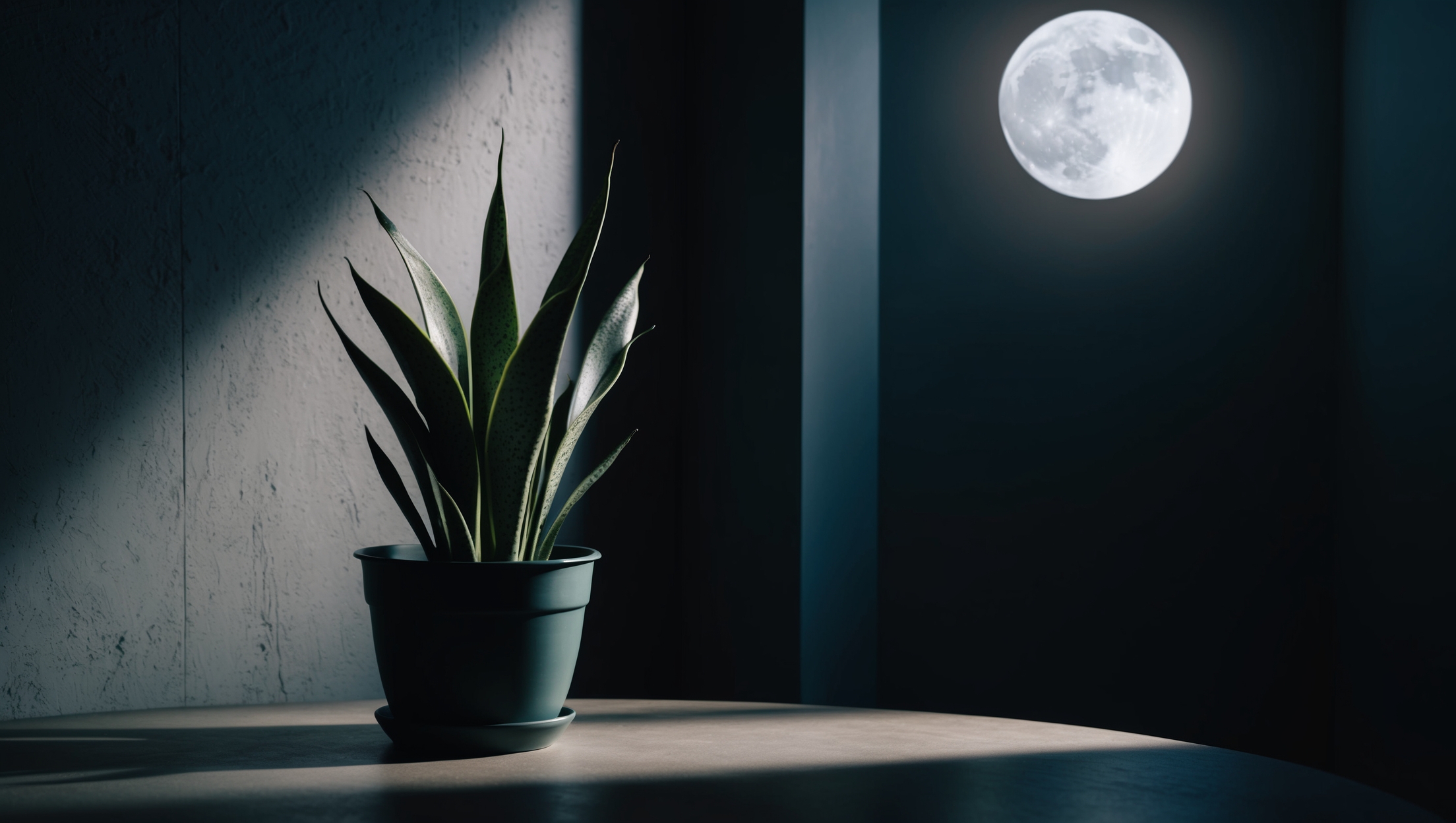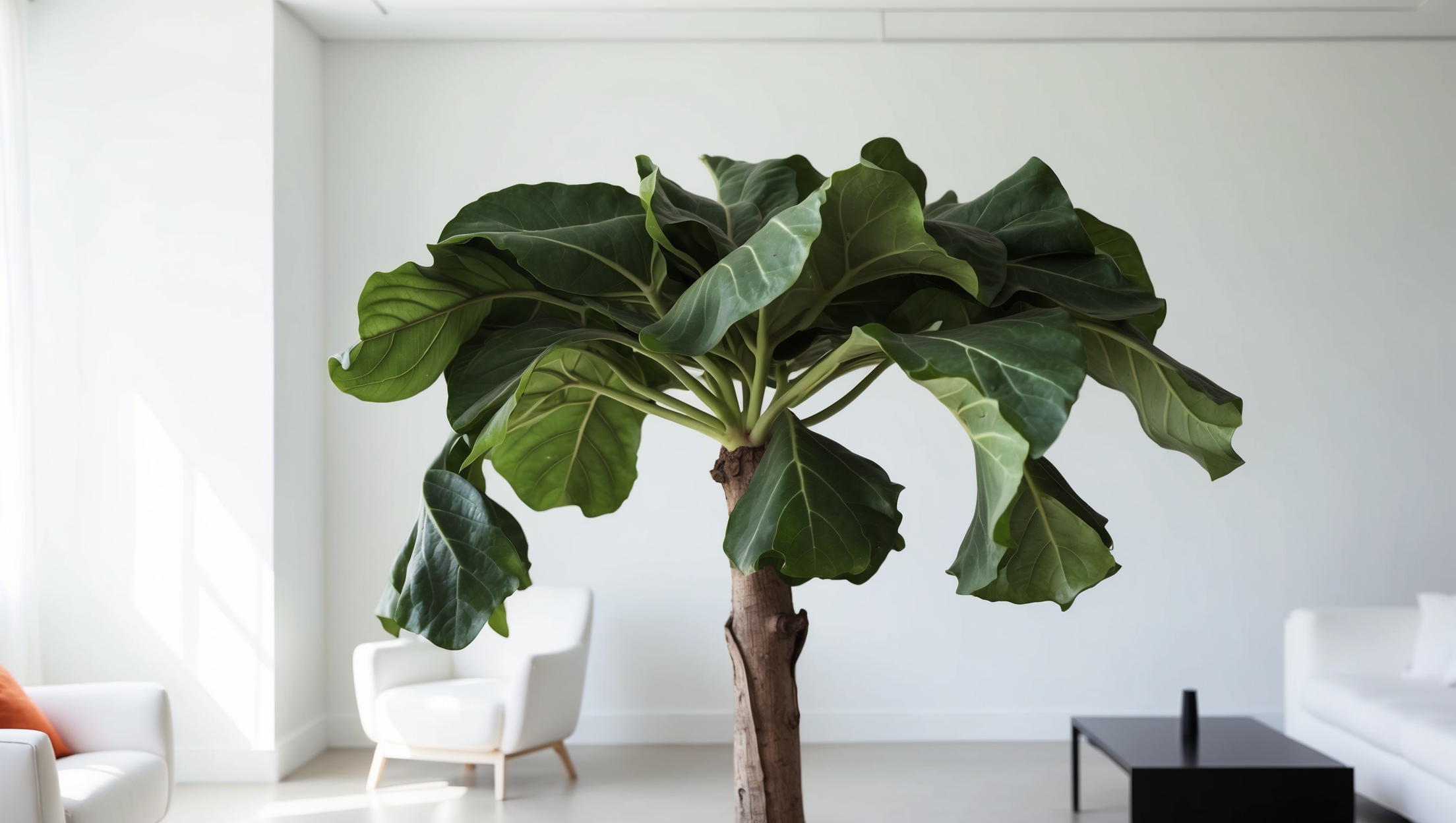The Secret Lives of Houseplants: How They Thrive When You're Not Looking
Hey plant lovers and curious minds! Welcome to a delightful detour into the secret lives of houseplants. You’ve seen them decorating your windowsill, brightening up corners, and maybe even playing the role of a little green therapist. But what exactly do these green roommates get up to when you’re not watching? Let me invite you into their fascinating, albeit slowly-paced, world.
From the majestic fiddle leaf fig to the humble spider plant, each has its own set of quirks and routines. Some might even make you chuckle—much like discovering that your cat has a penchant for a peculiar shelf in your absence.
The Night Owls of the Plant World
First, let’s talk about photosynthesis, which is quite possibly the most magical process after baking cookies. While light-filled days are when plants are actively converting sunlight into sugar-based energy, many of them don’t just hang up their proverbial hats at sundown. Take the night-blooming jasmine, for instance. It releases its enchanting fragrance as the moon rises. Meanwhile, the snake plant doubles down on oxygen production at night, quietly purifying your bedroom air for a better night’s sleep.

Social Butterflies…or Not
Believe it or not, some plants engage in subtle neighborly interactions. Research suggests that certain plants can actually communicate. Through the exchange of chemical signals, they can warn each other of pest infestations. How’s that for a community effort? In fact, mint and basil are often grown next to tomatoes to ward off surprising little bugs, turning your garden into a bustling network of gossip and cooperation. Are your houseplants whispering behind your back too? Possibly!
Drama Llamas of the Flora Kingdom
Now, a bit about plant drama. If you’ve ever moved a plant and noticed it sulking—drooping leaves, perhaps a dramatic yellowing—you’re witnessing a botanical tantrum. Fiddle leaf figs, notorious for their diva-like demands, often express dissatisfaction through sudden leaf drop if conditions aren’t just right. It’s like dealing with a particularly fastidious roommate who insists on a strict ambient temperature and light level.

Being a plant parent is a delightful rollercoaster—the ongoing mystery of water schedules, light adjustments, and the occasional ‘this leaf simply won’t do’ attitude. But the beauty lies in the journey and becoming attuned to the subtle signals they send.
Of course, not to leave out those who enjoy a bit of wild child flair, the pothos and philodendron are the free spirits of the plant world. They spread with enthusiasm and flair, often weaving through furniture, hanging from makeshift ceiling hooks, and occasionally trying to act like curtain vines.

From Roots to Romance
Parting wisdom for taking care of your secretive friends? Listen, observe, and maybe chat with them—don’t worry, I won’t tell anyone if you do. They’ll love you for understanding their hidden antics and providing them with a nurturing environment to live their best (and somewhat secretive) plant lives.
Remember, every leaf tells a story, and there’s a whole world beneath those pots. Here’s to nurturing curiosity and uncovering the magical tales of the green teammates that make our lives all the more vibrant. Happy planting!